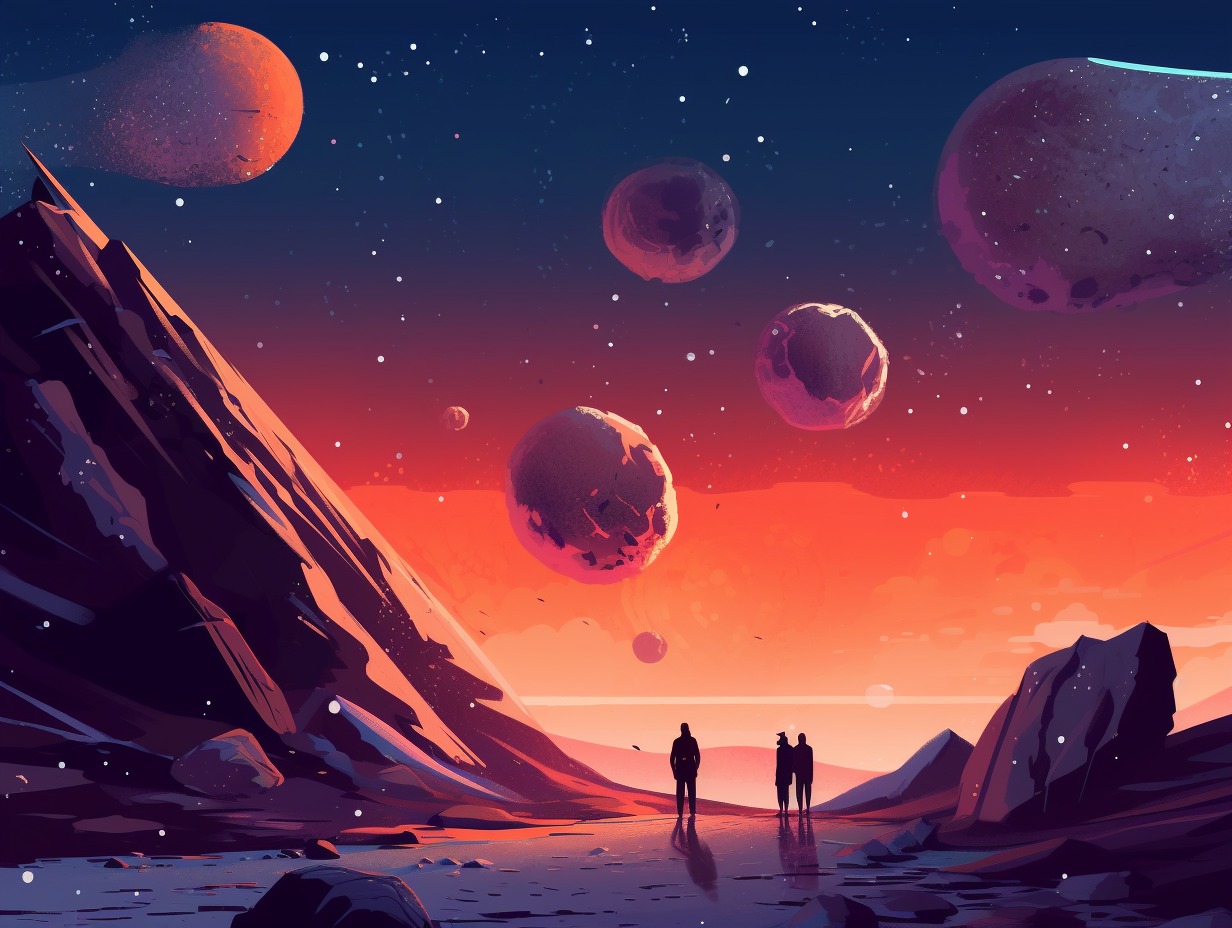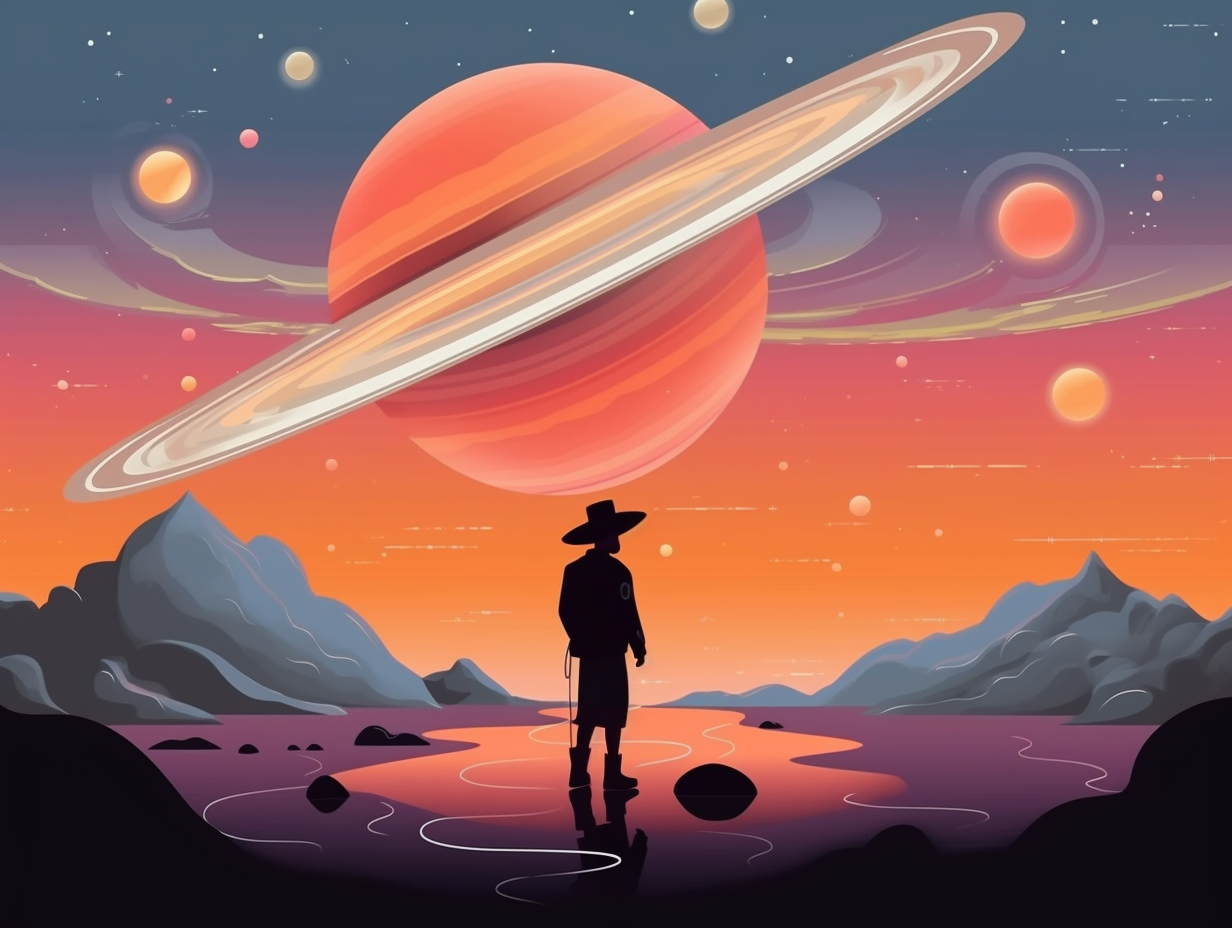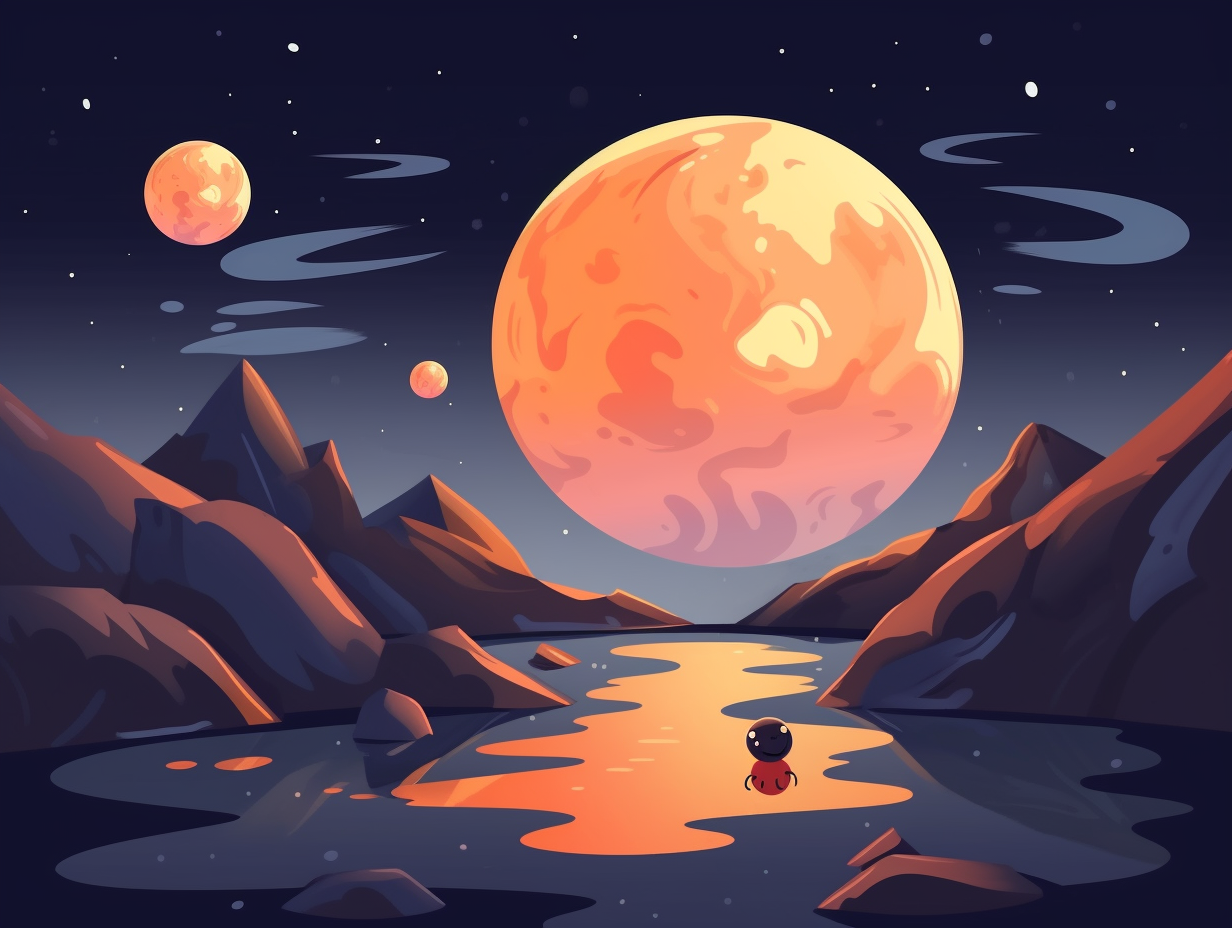Discover the Cosmos: Top 14 Fun and Fascinating Facts About the Milky Way Galaxy

1. Dizzy Differential Dance Moves
Feeling a bit dizzy? It might just be the Milky Way doing the twist with differential dance moves: Our galaxy rotates at varying speeds based on your distance from its center, taking 225-250 million years for the whole stellar extravaganza to complete one rotation–a cosmic year, if you will–which includes our very own sun's jaunt around the galactic dance floor.
Source => earthsky.org
2. The Great Milky Way-Andromeda Flick
If the Milky Way was a blockbuster movie, it'd be part "Gone in 100,000 Light Years" and part "Honey, I Shrunk the Andromeda Galaxy": The Milky Way is a beast of a galaxy containing around 100 billion stars and stretching 100,000 light-years across, with it and Andromeda being cosmic buddies in the Local Group. But the plot twist? Most of its mass is actually dark matter – the invisibility cloak of the celestial world.
Source => universetoday.com

Did you know that the Milky Way Galaxy got its name from spilled milk? 🥛✨ Discover the ancient Greek belief behind this fascinating story and the millions of stars within our galaxy's spiral arms!
=> Fun Facts about The-Milky-Way-Galaxy-For-Kids
3. Milky Way's Workout Plan
You might say the Milky Way galaxy is on an astronomical diet and workout plan, steadily growing and shedding a few cosmic pounds with every star birth: The galaxy expands by 500 meters per second, equating to a growth of one light year every 600,000 years, and in 3 billion years' time, the visible part of the Milky Way will be about 5% larger than it is today.
Source => forbes.com
4. Sparkles in the Galactic Disco Ball
Next time you feel like a bright star in a sea of billions, consider this cosmic conundrum: We're all just teensy, tiny, sparkles in the grand galactic disco ball called the Milky Way: Despite containing 100 to 400 billion stars, under ideal conditions, our human eyes can only spot 2,600 to 4,500 of them in a single hemisphere. Factors like light pollution, sky conditions, and eyesight play a role in these limited sightings, but fear not, stargazers – thanks to trusty telescopes and binoculars, our stargazing potential is magnified to stellar heights!
Source => lovethenightsky.com

5. Galactic Fashion Trailblazer
Turns out the Milky Way was way ahead of its time, strutting its cosmic stuff before it was cool: Research now suggests that a significant portion of our galaxy's thick disc formed before a dwarf galaxy crashed into it 10 billion years ago, debunking the previous belief that the Milky Way was the universe's "fashionably late" party crasher.
Source => salon.com
6. Tipsy Cosmic S-shaped Curve
It seems the Milky Way had a few too many cosmic cocktails, causing it to walk a little off balance: Astronomers have found that its disk is actually warped with an S-shaped curve, a dynamic structure constantly changing, as evidenced in a 3D map showing cepheid stars clustered along the curve.
Source => science.org
7. Astral Face-off Light Show
Don’t go rearranging your space-furniture just yet: even though the Milky Way and Andromeda Galaxy are set for an astral face-off in 4.5 billion years, stars will seldom collide due to their massive distances apart. Instead, the cosmic dance will result in the union of the two galaxies' supermassive black holes, birthing a radiant quasar with the energy of 100 million supernova explosions – talk about an intergalactic light show!
Source => en.wikipedia.org
8. Milkomeda Galactic Arm Wrestling
As if a tub of cosmic popcorn threatening to overflow, our Milky Way is gearing up for a galactic arm wrestling match with its celestial neighbor Andromeda, and we're caught right in the meaty bicep: In about 4.5 billion years, the two galaxies will collide, compressing their gas disks and sparking impressive star formation, while their black holes merge with the energy of 100 million supernova explosions, ultimately creating a new elliptical galaxy called Milkomeda or Milkdromeda - all while our solar system's fate hangs in a 50/50 chance of being flung three times farther from the galactic core.
Source => en.wikipedia.org
9. Milky Way's Star-struck Groupies
In a cosmic game of "Follow the Leader," the Milky Way has an entourage of star-struck groupies, with the Large Magellanic Cloud leading the fan club: The Milky Way is orbited by around 59 known satellite galaxies, mostly dwarf galaxies such as the Small Magellanic Cloud, Canis Major Dwarf, and the elusive Antlia 2. Examining these galactic sidekicks can reveal clues about the formation and evolution of galaxies, shedding light on their wild adventures through space and the tides of change they face.
Source => en.wikipedia.org

10. Cosmic Disco Ball Heaven
If you think Times Square at night is bright, just imagine living in a disco ball: In the Milky Way's densest regions, stars are packed so tightly that the nighttime sky on a planet there would appear as brilliantly lit as Earth's twilight, with stars only about 860 astronomical units apart – much denser than our neighborhood, where stars are about 5 light-years apart!
Source => astronomy.com
11. Sagittarius A* the Cosmic Magician
Who said size matters? When it comes to our Milky Way's belly button, this secretive supermassive black hole is a cosmic magician that enjoys making things disappear: Sagittarius A* may be smaller than Mercury's orbit around the Sun, but it boasts a mass of 4.154±0.014 million solar masses. It even got caught on camera by the Event Horizon Telescope in 2017, with the photo released in May 2022—earning Reinhard Genzel and Andrea Ghez a shiny 2020 Nobel Prize in Physics. Don't get too close though; its emissions come from gas and dust performing a deadly dance toward the abyss, proving black holes do have some serious star power.
Source => en.wikipedia.org
12. The Great Rift's Cosmic Jam
If the Milky Way were a sandwich, the Great Rift would be the cosmic jam spread right down the middle: This vast area of interstellar clouds covers one third of our galaxy, obscuring its center from Earth's view, and contains around 1 million solar masses of plasma and dust, stretching up to 1,000 parsecs away.
Source => en.wikipedia.org
13. Milky Naming - No Candy Bar Involved
No, the Milky Way wasn't named after a candy bar - but that would have been a sweet coincidence! You see, dear reader, even the Greek gods couldn't shake off that milky sensation: The Milky Way is called so because it appears as a hazy band of light in the night sky, formed from stars that cannot be individually distinguished by the naked eye. The term Milky Way is actually a cosmic translation of the Latin from the Greek word "milky circle."
Source => joyofmuseums.com
14. The Dark Matter Galactic Enigma
In a galaxy not so far away, filled with stars that seem like greedy attention-seekers, lies a spine-chilling secret: The Milky Way actually houses about 100 billion stars, which only make up a meager 4% of its total mass, leaving a whopping 84% of our galactic home shrouded in the mysterious dark matter!
Source => vox.com
Related Fun Facts




















